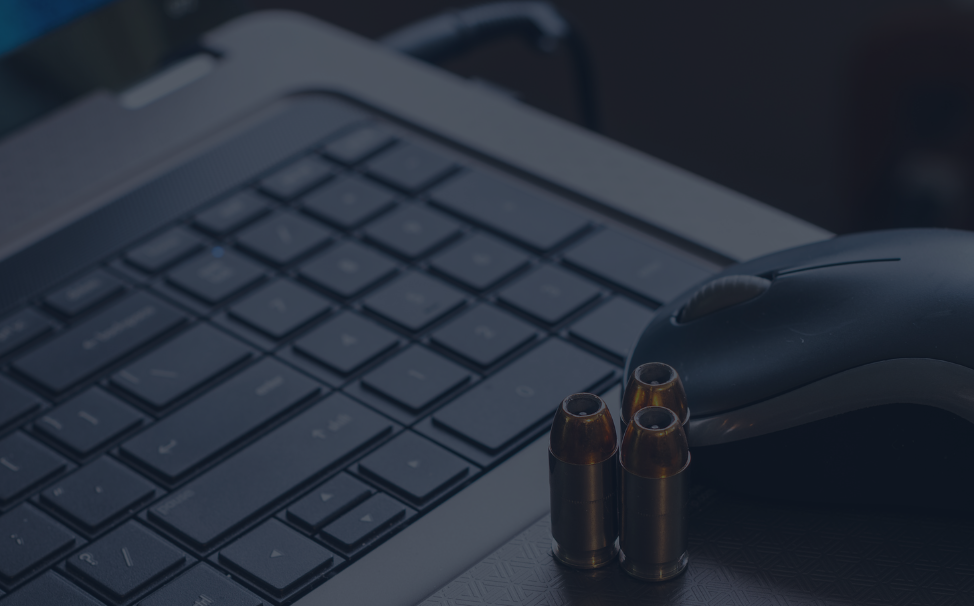Ransomware
BeckyStrause
What is Ransomware? Ransomware is a general term for the currently fastest growing type of computer virus. Ransomware is a type of malicious software designed to block access to a computer system or the files on it until a sum of money is paid. Ransoms vary from around $300 to over $1500. Some recent variants have […] The post Ransomware appeared first on Eberly Systems.
What is Ransomware?
Ransomware is a general term for the currently fastest growing type of computer virus. Ransomware is a type of malicious software designed to block access to a computer system or the files on it until a sum of money is paid. Ransoms vary from around $300 to over $1500. Some recent variants have been called Locky, TorrentLocker, and CryptoLocker .
According to a CSO online article published on Jun 1 st,
2016, ransomware now accounts for as much as 93% of phishing emails up from 56% in December 2015. Most of the time, infections arrive as an attached Zip or Microsoft Office Document
What can you do?
The first, and most important, line of defense is to be careful. You should NEVER
open an email attachment you receive if it’s unexpected or from an unknown or questionable source. The most common attachment types used for distributing malware are zip files, and office documents with macros. This makes things especially difficult as attachments are the lifeblood of many organizations. Here are a few tips to help you identify if an attachment is safe.
- Be suspicious of all attachments, especially zip files. Do not open anything if you don’t know the sender or weren’t expecting it.
- If it purports to contain privileged or sensitive information, there is a very high likelihood its dangerous.
- If you open a Microsoft office document and it asks you to enable macros close the file immediately and call the sender to confirm that the document is legitimate and find out why it has Macros. Macros are very powerful, and should never be trusted if it came through email even if you know the sender!
Your only defense against losing all of your files is to preemptively backup, backup and backup your data
. Having an up to date backup is the only thing that can save you if you get hit by ransomware. If you’re not sure if you have a good enough backup follow the 3-2-1 rule. You should have 3 copies of your data, on 2 different types of media (ie, hard drive, flash storage, or cloud etc.) and 1 copy somewhere geographically different. Because backups are the only recourse you have once infected ransomware developers are specifically targeting any backups you may have that are accessible from your local computer to delete or otherwise lock you out of. Once your files have been encrypted your only options are to pay the ransom and hope you get your files back, or to restore from backup.
While the prospect of losing all of your data can be concerning, if you have a good backup, you don’t need to panic. Contact Eberly Systems if you have any questions, want to make sure you’re backing up your data, or think you may be a victim to ransomware. We’re always here to help!








